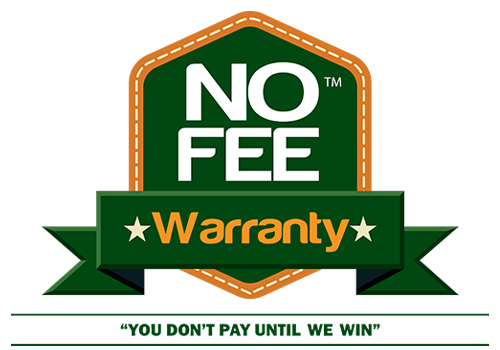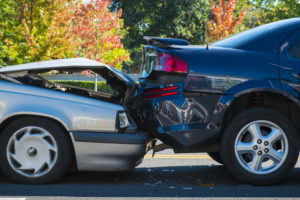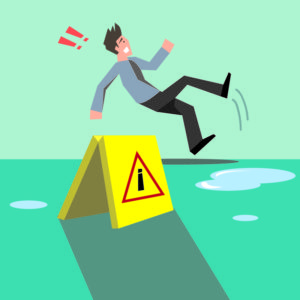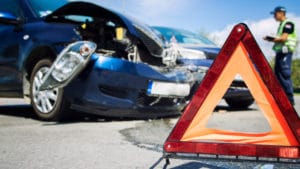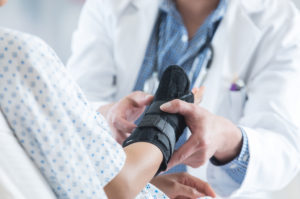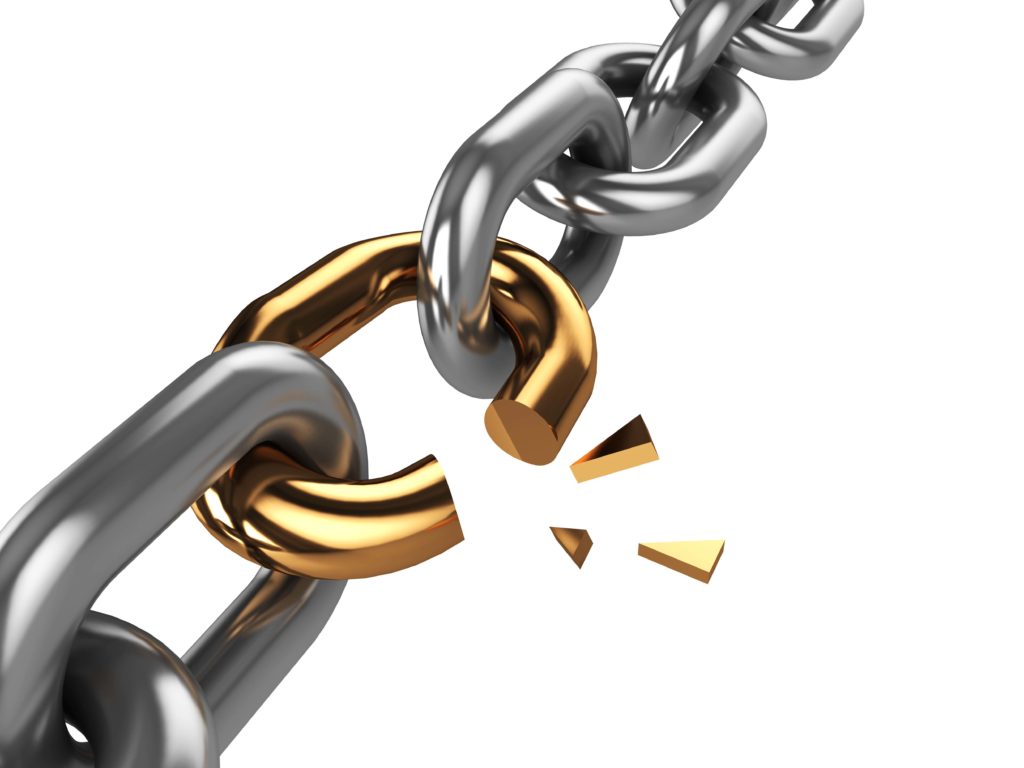
Product designers and manufacturers have a duty to protect consumers from injury by building their products with care from start to finish. Unfortunately, some companies fail to uphold the duty society expects of them and, instead, leave consumers with dangerous products that can cause injury and even death. In most product liability cases, the fact that a defect was the direct cause of an injury must be proven in court, and the product itself must be shown to have been defective. Defect claims can be made over the manufacturing of a product, its design, or a manufacturer’s claims regarding the product. Manufacturer neglect can sometimes help plaintiffs win greater punitive damages, but the theory of strict liability, which is the guiding principal of product liability cases, assigns responsibility to manufacturers regardless of how good their intentions might have been.
-
Automotive Equipment
Established court rulings have upheld manufacturer liability related to automotive equipment when components intended to enhance automobile safety failed to uphold their claims or detracted from their intended purpose. Brake shoes that overheat and break during a descent down a long hill, for example, would likely be considered defective by design. There are also cases where automobiles themselves can be considered defective, such as when an SUV rolls over in ordinary driving conditions. However, an SUV that rolls over as a result of a driver swerving to avoid an oncoming deer would not necessarily be considered defective. Automobile equipment, like other areas of product liability law, must be shown to be defective in design, manufacture, or warranty for a court to be willing to hear a case.
-
Medical Devices and Pharmaceuticals
The U.S. legal system imposes an extraordinary duty of care on the manufacturers and designers of medical devices and pharmaceuticals. Drugs and medical equipment are often designed to save lives, and they can leave thousands of individuals with life-changing disabilities when they fail. Injured individuals, therefore, need only to prove that their injury was the result of a manufacturer’s product in some way to have a valid case in the court of law. The seriousness of medical cases also means that the courts are often willing to hear cases where an injury is more indirect than what ordinarily fits within the limits of permissibility. Although imposing a higher duty of care on manufacturers might appear to increase the cost of products, the reality is that higher prices arise only due to the higher degree of care and testing incorporated into research to ensure safety in the aftermath of severe legal rulings.
-
Consumer Products
Consumer products are another prominent area of product defect law because nearly every household contains thousands of individual goods that have the potential to cause harm. Unlike more sensitive areas of product law where safety is of inherent necessity, the courts impose a higher burden of proof on the plaintiff in consumer product cases because many injuries are caused by consumers themselves. For example, an individual who drops a smartphone from a tall building and kills a pedestrian in the street below would be unable to pursue a defective liability case. If, however, a charging smartphone electrocutes a user, a case might be feasible depending on the situation. Consumer product cases can include household chemicals, electronics, furniture, and more. Due to the broad nature of the consumer products category, injured individuals must often conduct extensive research to determine whether they have an injury that can be litigated in court under product liability laws.
-
Household Machinery
Most homeowners possess several mechanized products that simplify daily life, such as lawn mowers, weed wackers, and heaters. However, when household machinery is defective, it can cause severe injuries and death. Machinery that is used around the house is often litigated in a different way than ordinary consumer products because these goods often have a business purpose. Established precedent, therefore, might be less relevant for consumers because existing cases might have dealt with business-to-business situations where the laws can be interpreted and applied different in ways. Other household items with a business purpose, such as electronics, can also entail similar contradictions that can make litigating a case difficult. Individuals injured from a household machine, therefore, must ensure that existing cases are relevant to their unique circumstances before assuming a case cannot be pursued in court.
-
Building Materials and Immovable Property
Individuals can become injured by a home itself or products that are build into a home. Injuries caused by a home’s architectural design or the neglect of a home builder do not fall under product defect law, unlike the products and materials used to build a home. Lead paint and lead pipes have become an important area of product liability law because of their continued prevalence in the modern world. Fixed household items, such as above-ground swimming pools, can be legally considered products, and manufacturers can be pursued when these goods cause injury. Moreover, defective building materials, including asbestos and arsenic-treated wood, can also be litigated under product liability law. Older homes, especially those built before two decades ago, are most likely to contain products and materials that have been found to be hazardous, so individuals suffering from chronic illnesses or cancer should consider how household products might have contributed to their condition.
-
Toys for Babies and Children
Babies and children are the most vulnerable members of society, and, as with other areas of law, the courts are especially severe with manufacturers who are responsible for causing them harm. The most well-known example of product liability for young children is with small objects that can cause young children to choke. Many products are marked as a choking hazard out of an abundance of caution and because of federal labeling laws, but manufacturers who neglect to incorporate these labels into their products in the proper way can be considered liable when children become injured. Other examples of culpable manufacturer carelessness include products with poisonous paints or toys that can cause electrocution. Moreover, household items that children might perceive as a toy, such as batteries, must also contain proper labeling to help parents keep them away from small children.
-
Workplace Equipment
Workplace equipment is a complex area of product liability law because many different parties can be considered liable for an injury. A manufacturer could be considered liable for a machine that causes an injury, but the employer could also be considered jointly liable depending on the circumstances. Furthermore, some individuals who claim benefits under workers’ compensation laws could bar themselves from bringing a case against some or all parties responsible for their injury. Equipment injuries that occur in a home-based office can also add another dimension of complexity to a product liability case. Individuals who are injured at work, therefore, should carefully consider all of their possible options before pursuing a particular course of action.
Other Product Liability Claims
There are hundreds of different types of product liability claims that could be made in the court of law. Some claims are relatively easy to prove, such as when an individual gets electrocuted, but more ambiguous instances, such as when a defective pill is retrospectively considered to have caused a chronic illness, can be difficult or impossible to litigate due to excessive uncertainty. Injured individuals, therefore, must gather all possible evidence immediately after sustaining an injury. Testimony from witnesses can also be invaluable for proving a case in court. Gathering facts and considering options with an open mind are the most important factors for individuals seeking to pursue a wrongdoing manufacturer for their injury.
If you have been injured due to use of a defective product, call us for a no-cost consultation today. (702) 444-4444.



















